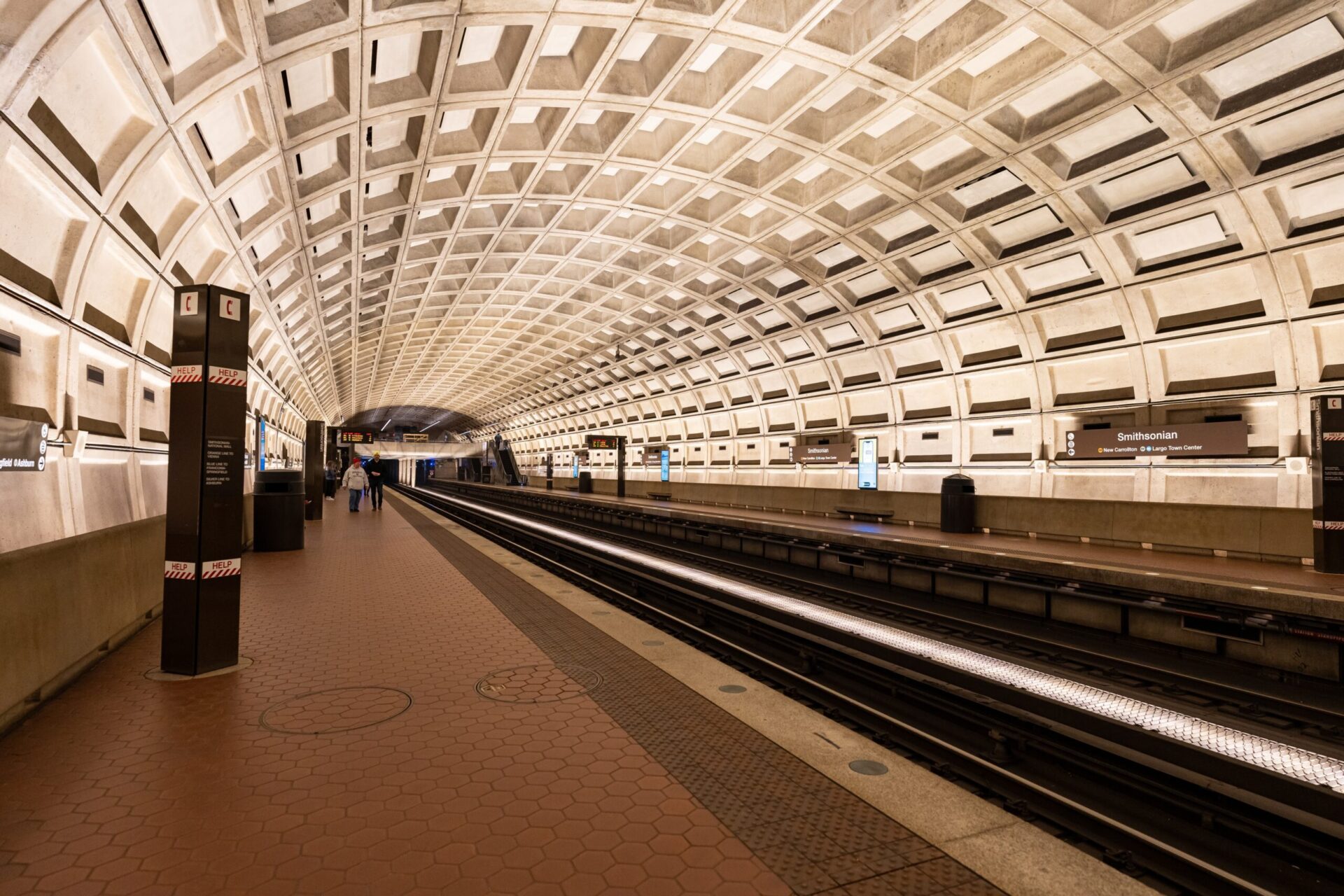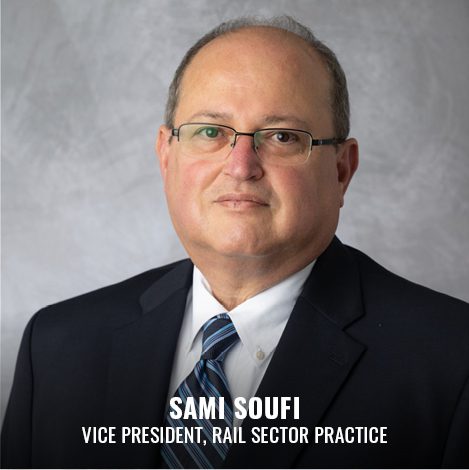
August 27, 2025 | Articles

With the passing of the Infrastructure Investment and Jobs Act (IIJA), the U.S. construction industry has faced increased demand for engineering and construction services. Due to the scarcity of bidders, some contractors have been able to transfer schedule risks to owners. In response, owners may prefer to use alternative delivery (AD) procurement methods as a way to return some schedule risk to contractors. However, AD procurement is not a silver bullet for eliminating schedule risk.
Most AD procurements require fast-tracked schedules. For example, I formerly worked on an AD rail megaproject with an extremely aggressive schedule. On that project, the contractor planned to produce shop drawings and issue pre-final (90%) submittals for owner approval simultaneously. When the owner did not approve the pre-final submittal, the impact on the baseline schedule was hard to mitigate.
This is generally true of any fast-tracked project. Any resubmittals of design packages or permit applications will impact the schedule, contributing to delays and cost overruns that the owner will eventually share—even if the contact language is clear that the contractor is responsible! Plus, on projects with fast-tracked schedules, owner-requested scope changes after contract award are likely to contribute to additional delays and cost overruns.
These are just some examples of schedule risks on AD projects. So, how can project teams mitigate them?
There is not a single solution to mitigating schedule risk, and different types of AD procurement are associated with different risks. In my experience, however, a spirit of partnership can help achieve better schedule risk management and better outcomes on any project. When delays happen, all parties should wear their “project hats” vs. their own hats. They should work together as one team with one goal rather than exchange letters pointing fingers at one another. More specific tactics include:
By sharing scheduling risks on projects procured via AD procurement methods, cultivating partnership on their project teams, and leveraging the tactics listed above, owners can reduce the risk of schedule delays, avoid the need for enforcing liquidated damages, and deliver our crucial infrastructure projects on time and within budget.
About the Author

Vice President Sami Soufi is an award-winning program executive with more than 30 years of experience leading the delivery of rail and transit megaprojects, including the $6 billion MTA Purple Line Rail Extension in Riverdale, MD, the $3 billion WMATA Silver Line Rail Extension in Washington, DC, and the $13 billion Riyadh Metro in Riyadh, Saudi Arabia. Sami holds a Master of Science in Construction Engineering and Management from the University of Maryland, College Park; a Master of Engineering in Structural Engineering from McGill University; and a Bachelor of Science in Civil Engineering from Middle East Technical University. He is a registered Professional Engineer in Maryland and Virginia. To speak with Sami about your own transit project needs, contact him via email at [email protected].
Share

August 27, 2025 | Articles

August 12, 2025 | Articles
Hill Welcomes Ben Schwenk as Senior Vice President in the Kingdom of Saudi Arabia

July 27, 2025 | Articles
The Infrastructure Puzzle: Robert Regalado’s Wholistic Business Development Approach

July 13, 2025 | Articles
Tech-Forward Contracting: A Much-Needed Construction Solution

June 23, 2025 | Articles
Jeffrey Hurley Joins Hill’s Northern California Rail Practice

June 23, 2025 | Articles
Ready, Set, Grow: First VP Chad Koelling Takes Charge of Hill’s Mountain West Region

June 8, 2025 | Articles
PMO in Saudi Arabia: The Holistic Approach to Realizing a National Mega-Portfolio